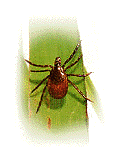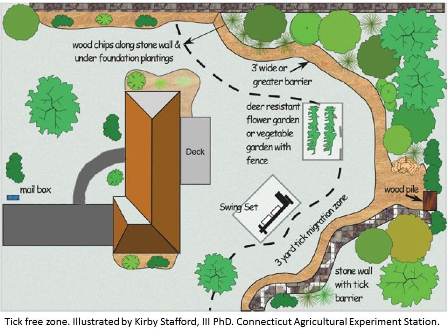Tick Management & Testing

The Connecticut Agricultural Experiment Station (CAES) is the Nation's first state agricultural experiment station and was founded in 1875 to promote agriculture using scientific investigation and experiment. Their motto is "Putting Science to Work for Society", and is as relevant today as it was at their founding. The CAES conducts research on arthropod pests of food crops, ornamental and fruit trees, shrubs, turf, forests, and pests of public health importance. They enjoy many key accomplishments that include:
-
Made the first isolations of Lyme disease agents from Connecticut wildlife. (1983)
-
Developed antibody tests for laboratory diagnosis of Lyme disease. (1984)
Dr. Kirby Stafford is a medical-veterinary entomologist whose research focuses on the ecology and control of the blacklegged tick. He joined the CAES in 1987. Dr. Stafford is currently Vice Director, Chief Entomologist and State Entomologist of the CAES. His publication, entitled Tick Management Handbook, is an integrated guide for homeowners, pest control operators, and public health officials for tick management and the prevention of tick-associated disease.

The handbook includes information on the following topics:
-
Ticks of the Northeastern United States
-
Tick-Associated Diseases
-
Personal Protection
-
Integrated Tick Management (including creating a Tick Free Zone)
-
Area-wide Chemical Control of Ticks
-
Biological Control of Ticks
The Tick Office has information concerning tick submission, identification and testing; tick submission form; tick testing summaries; guidelines for local health departments.
CAES Tick Office
-
Tick Test SummariesTo contact the Epidemiology and Emerging Infections Program, please call 860-509-7994.

